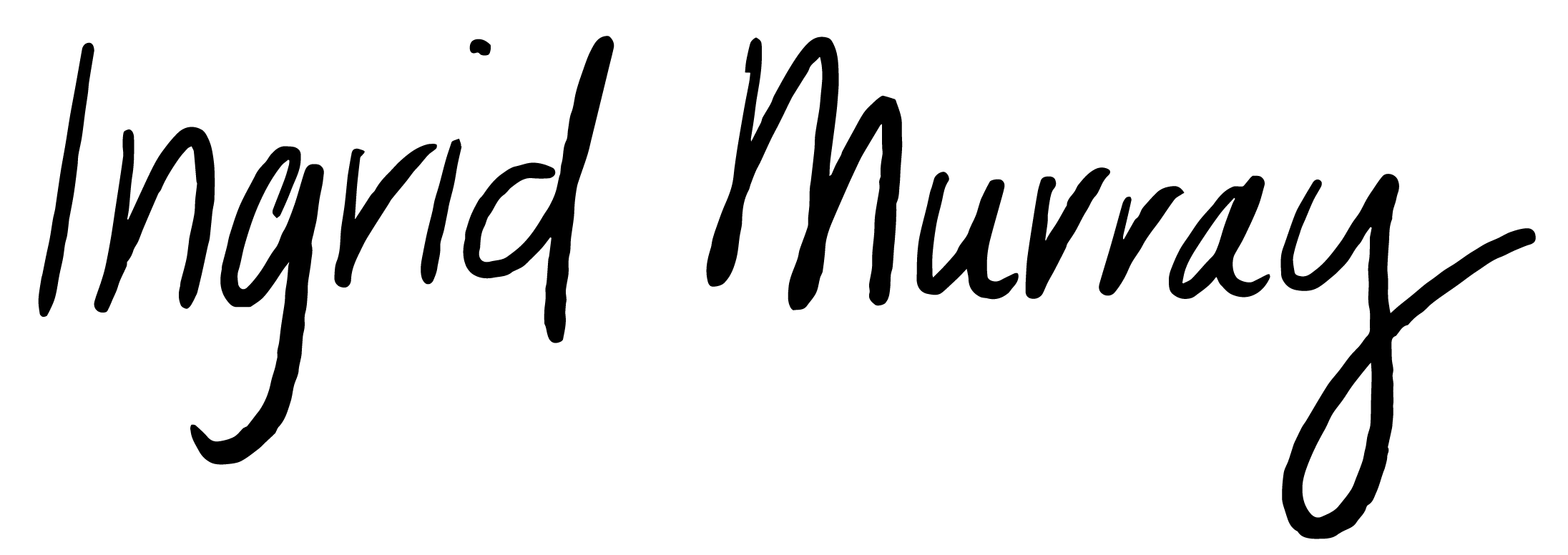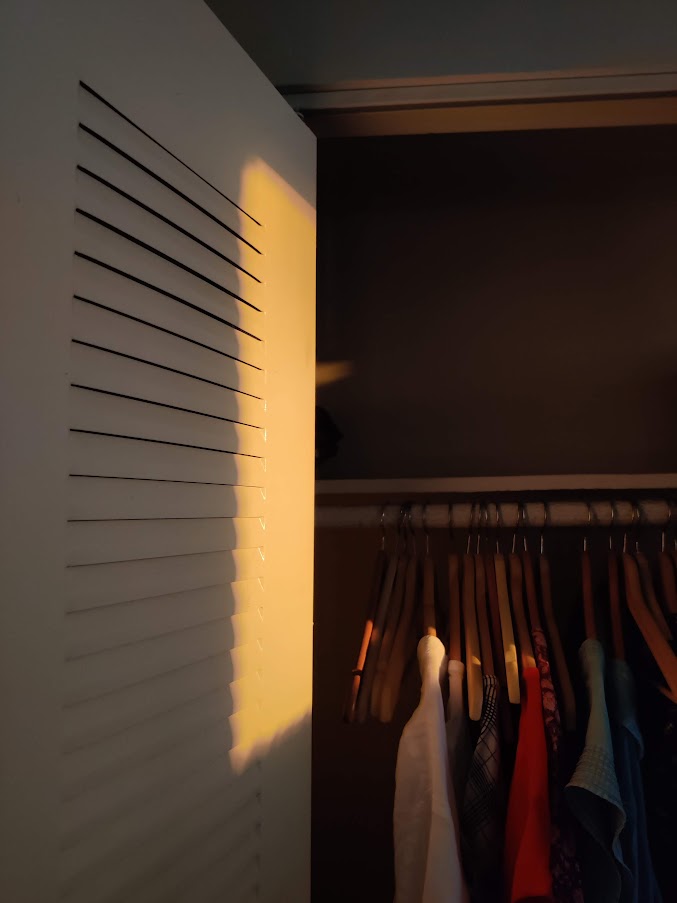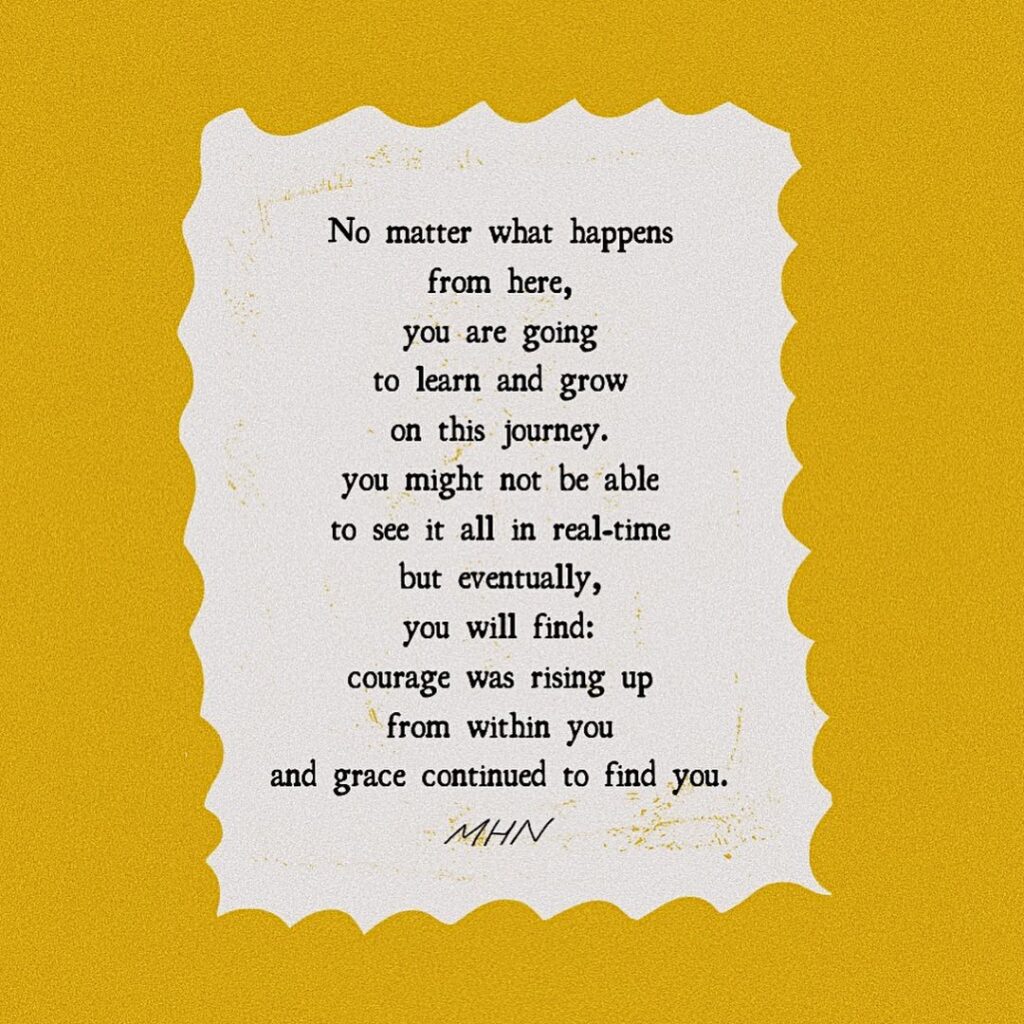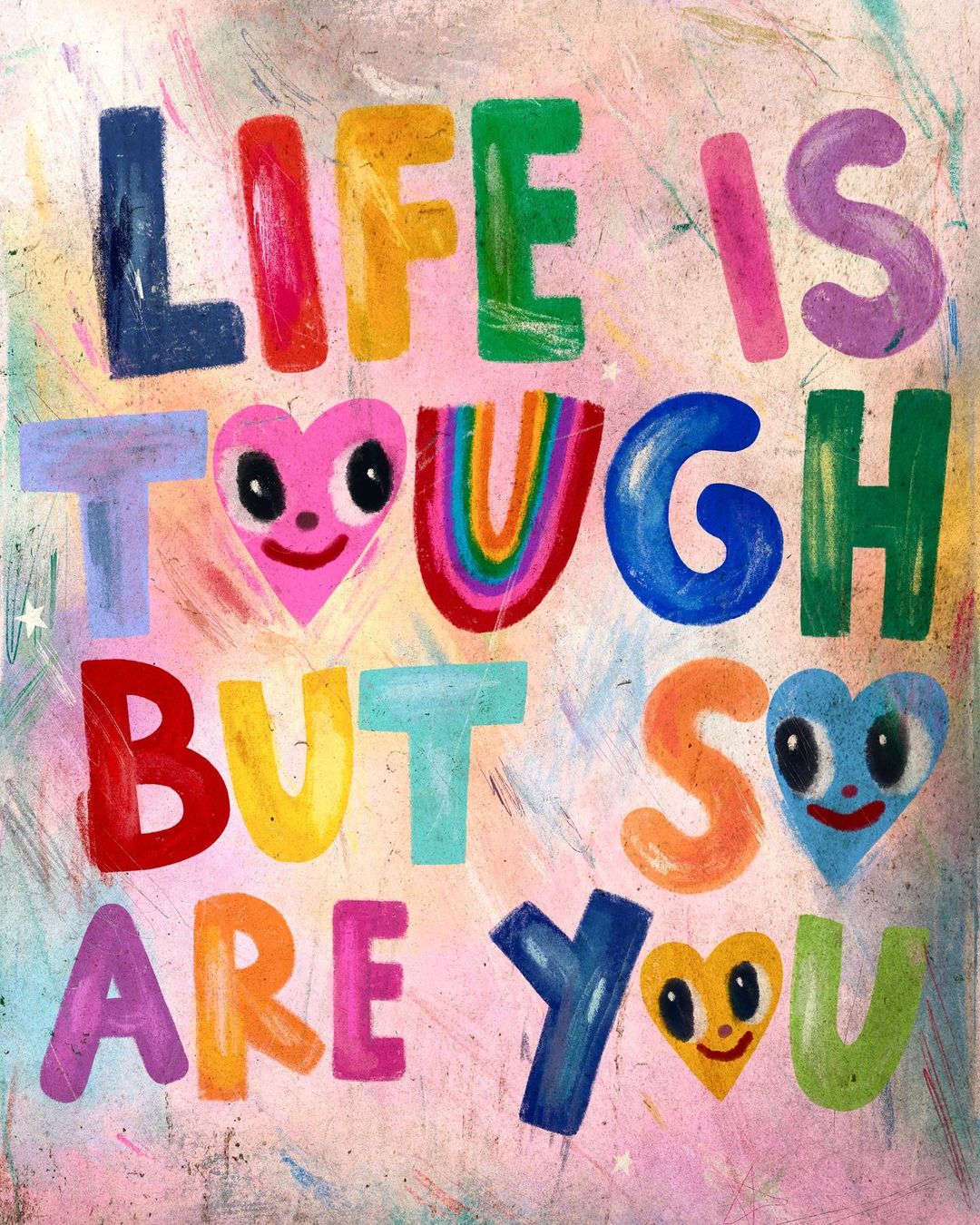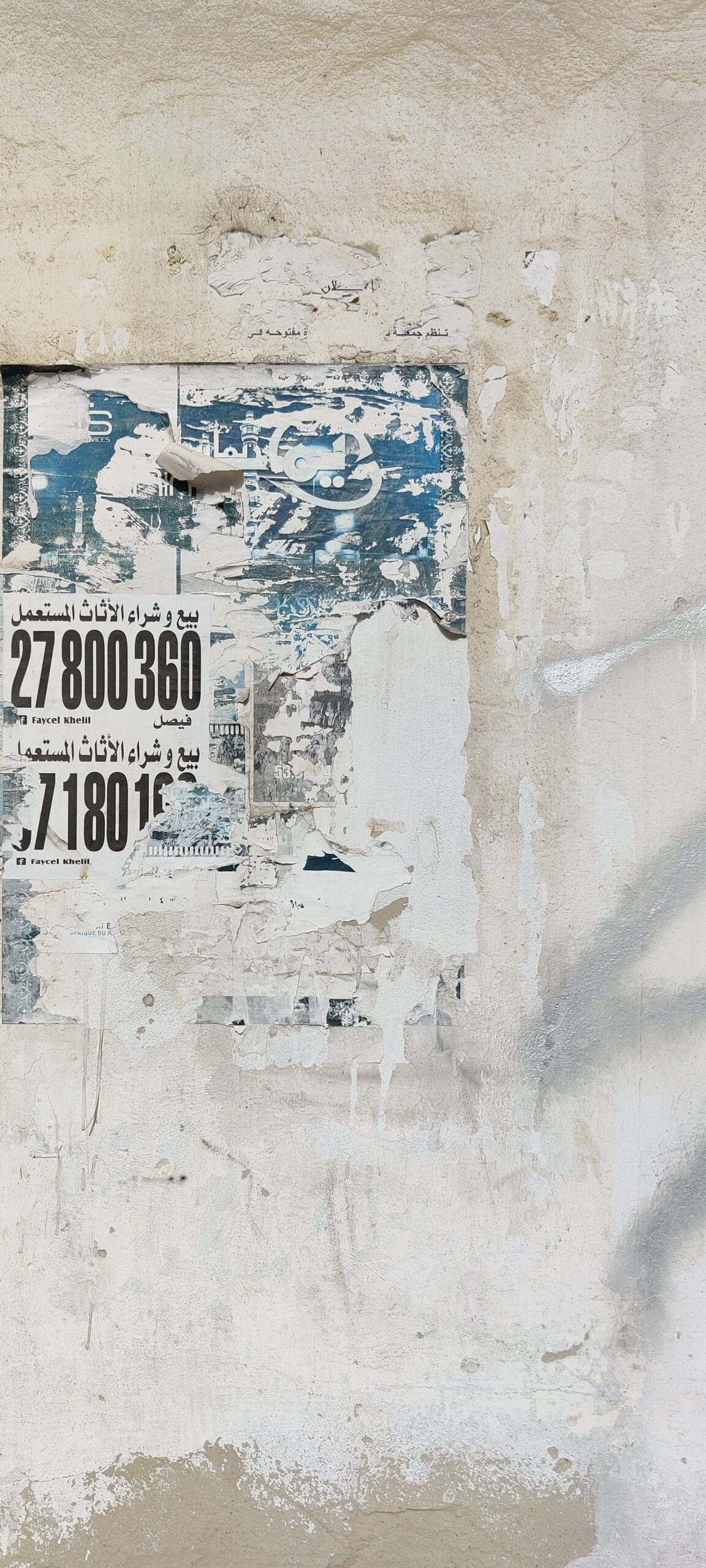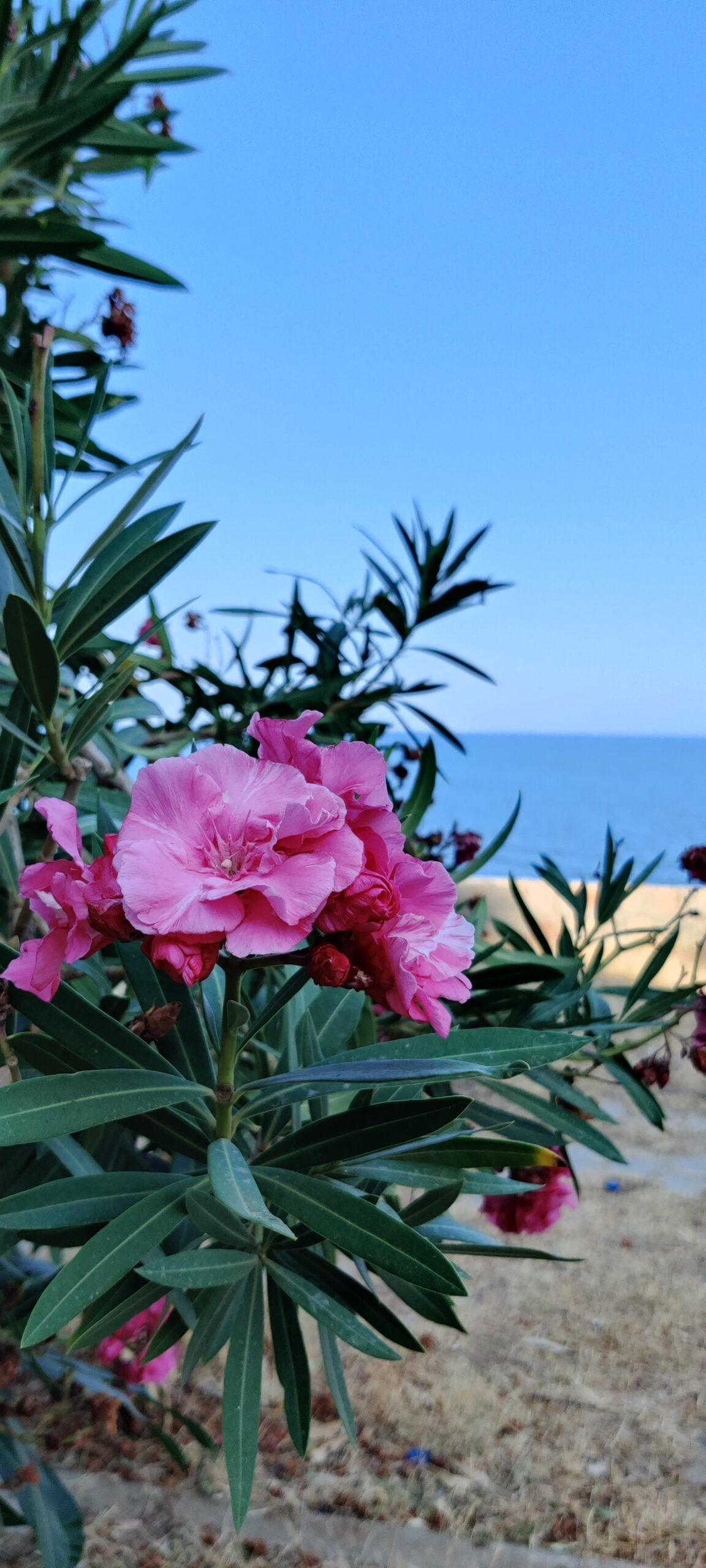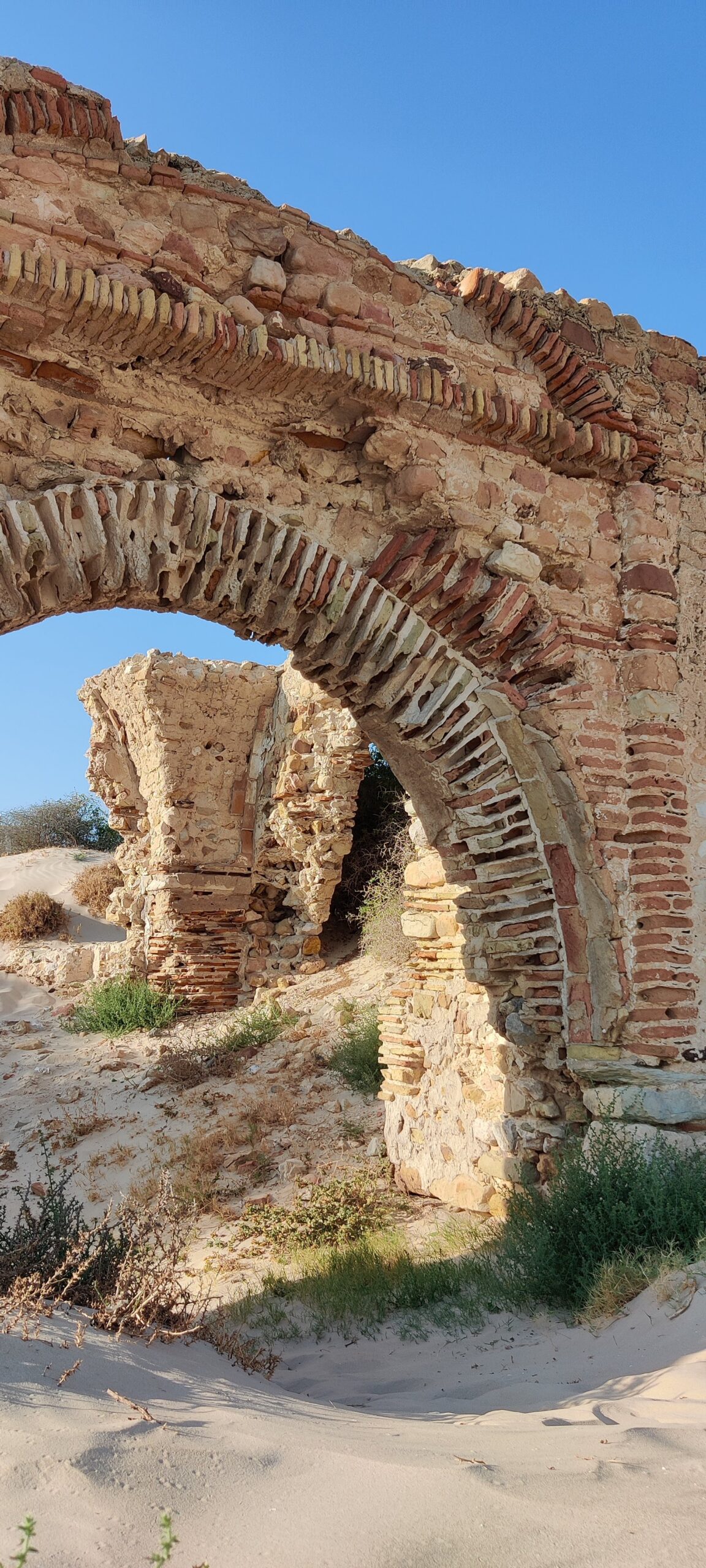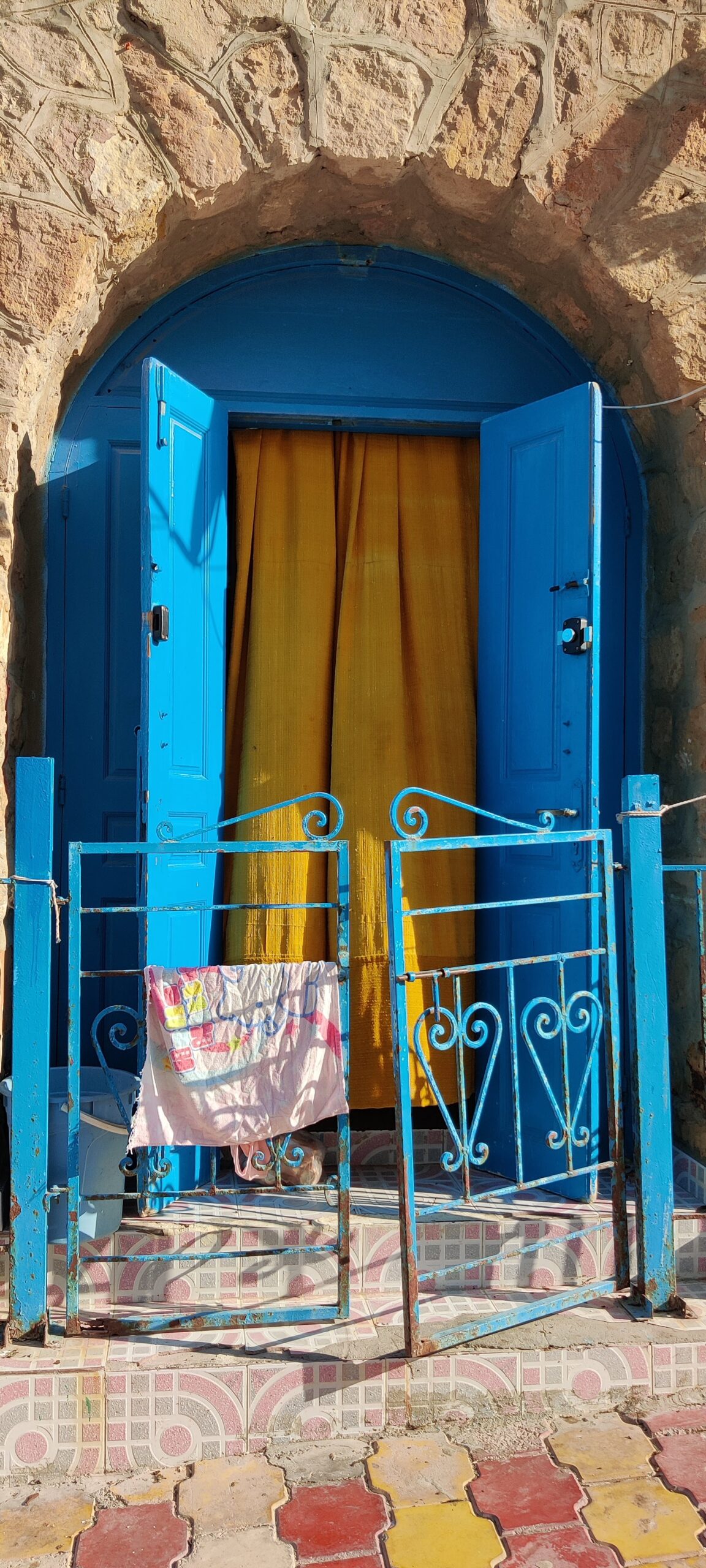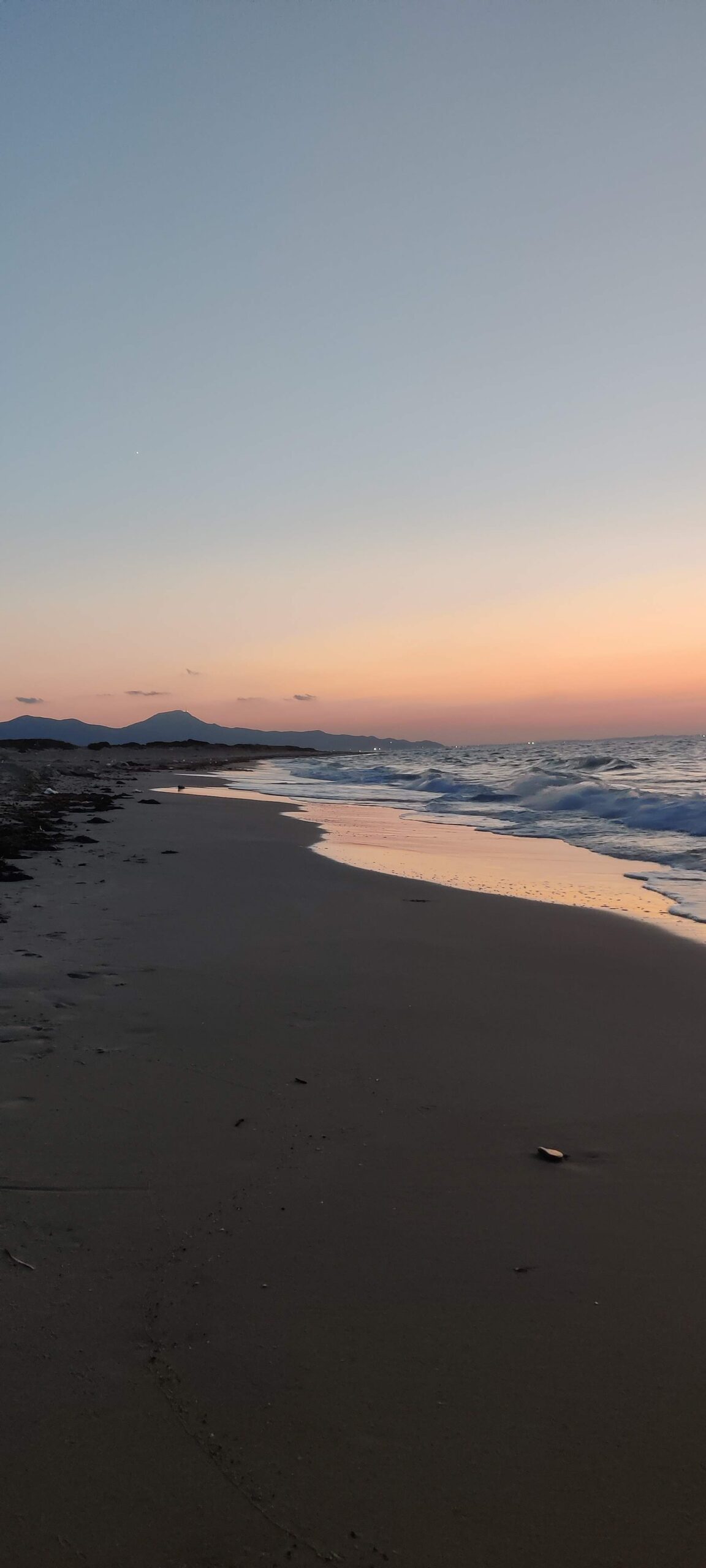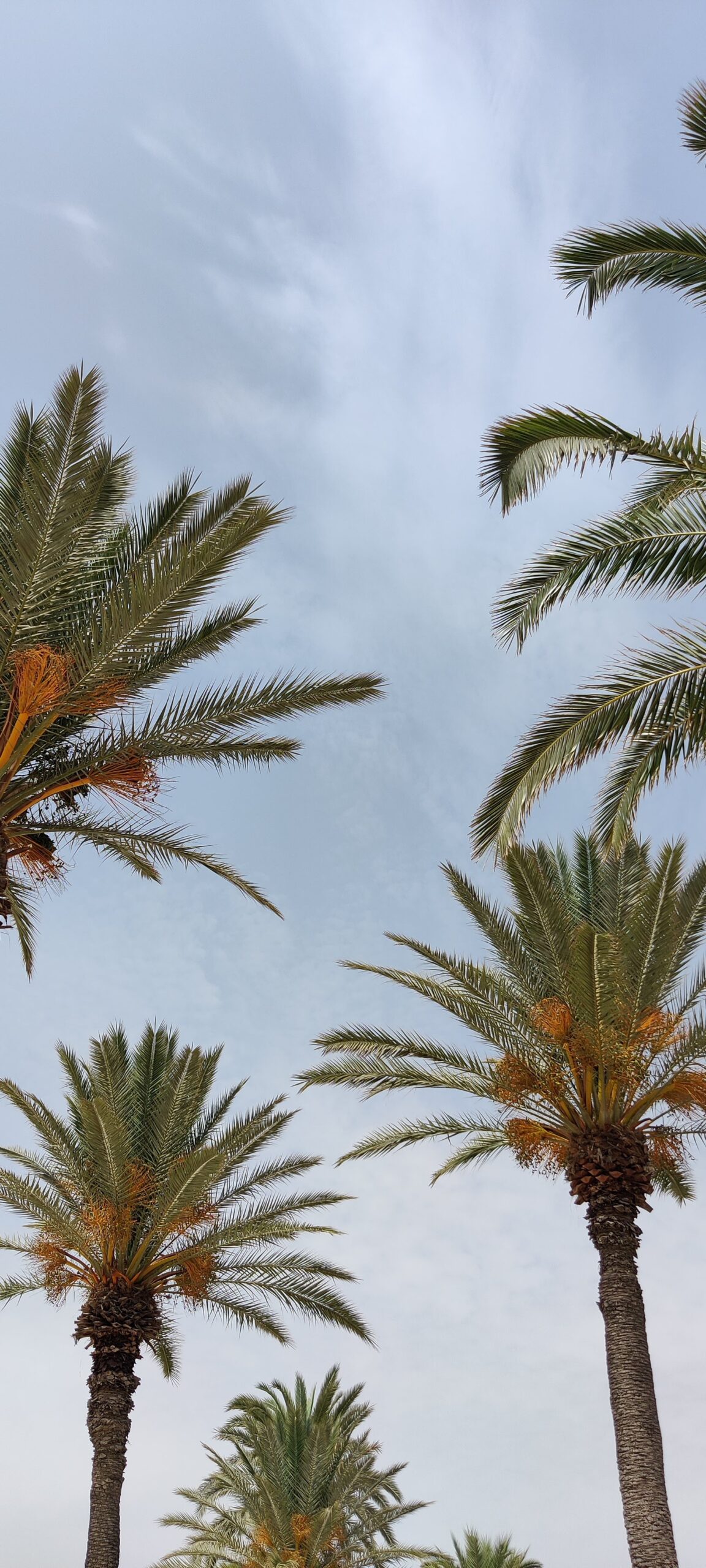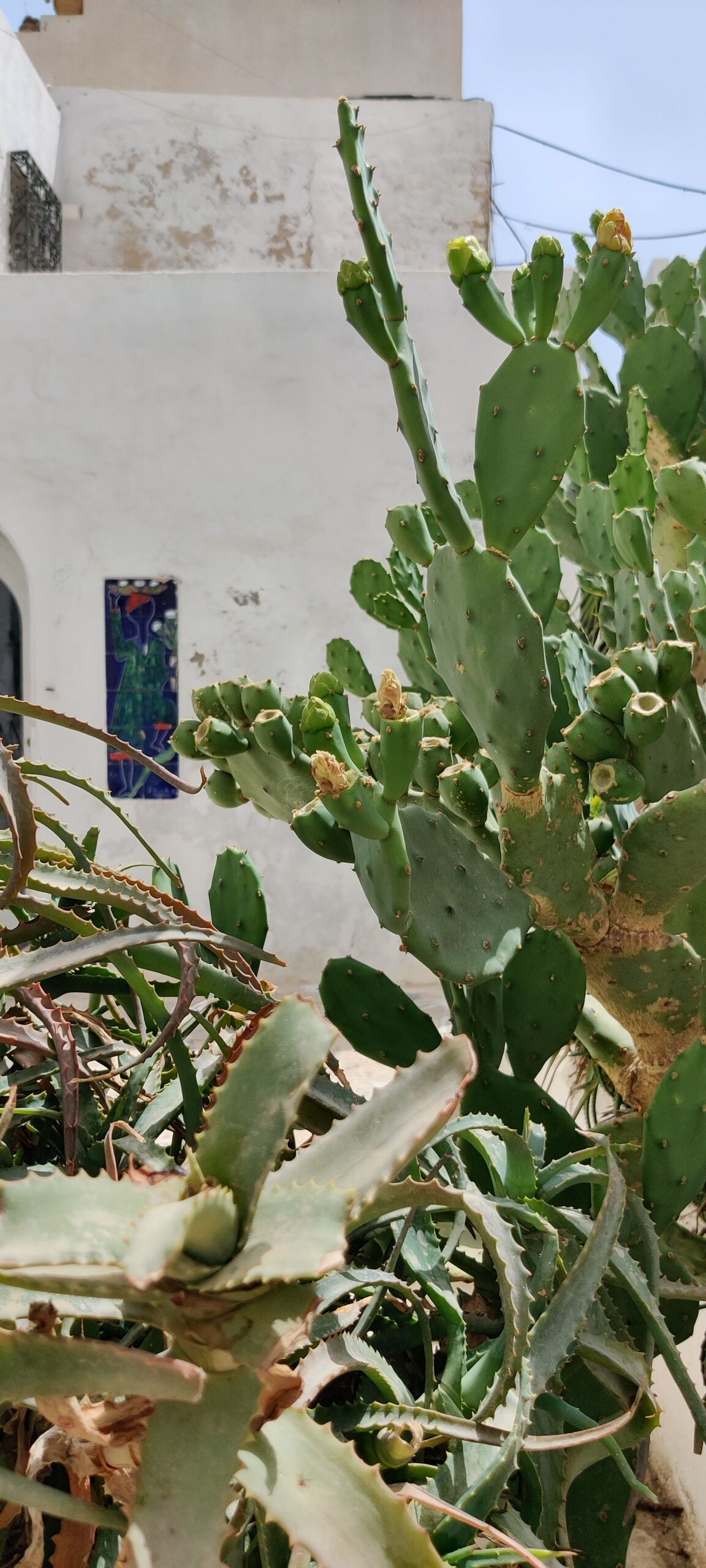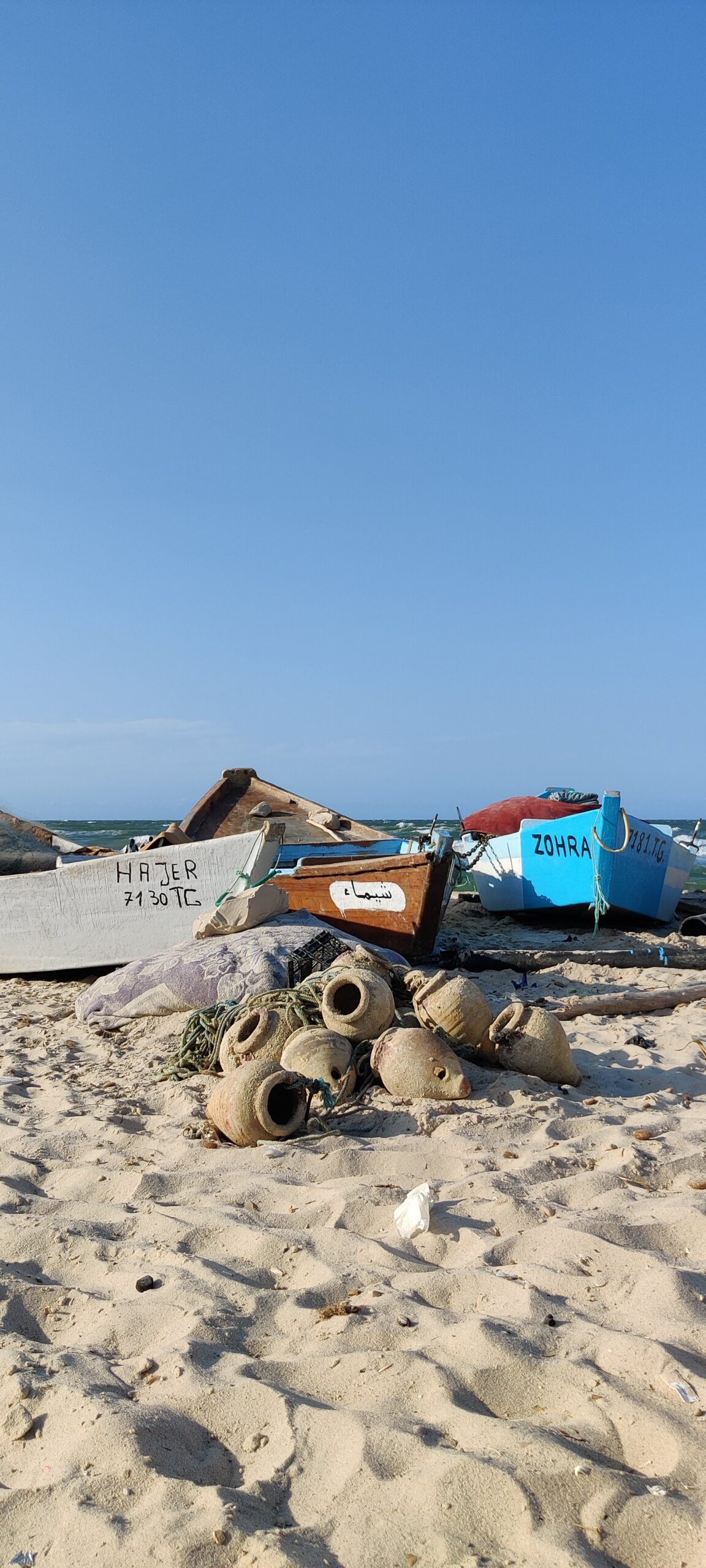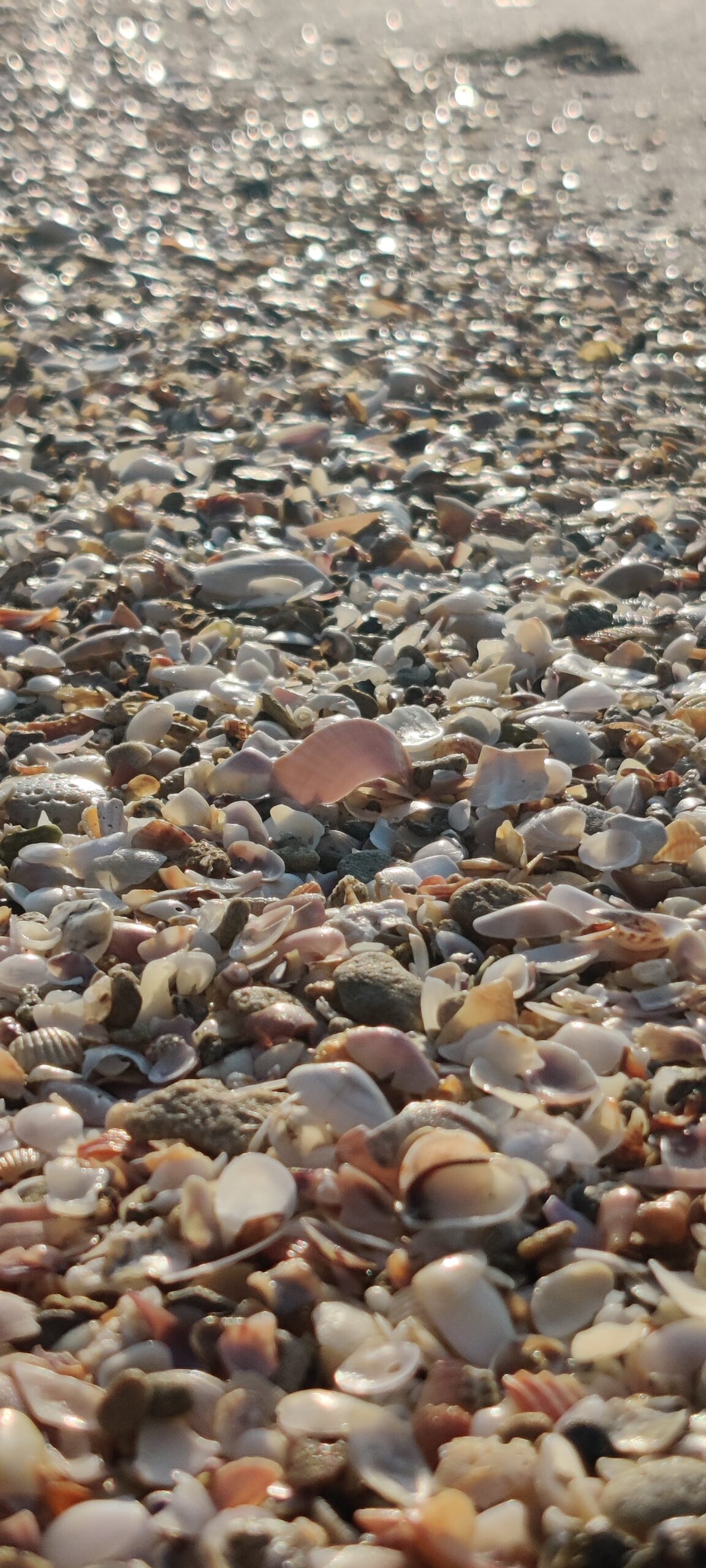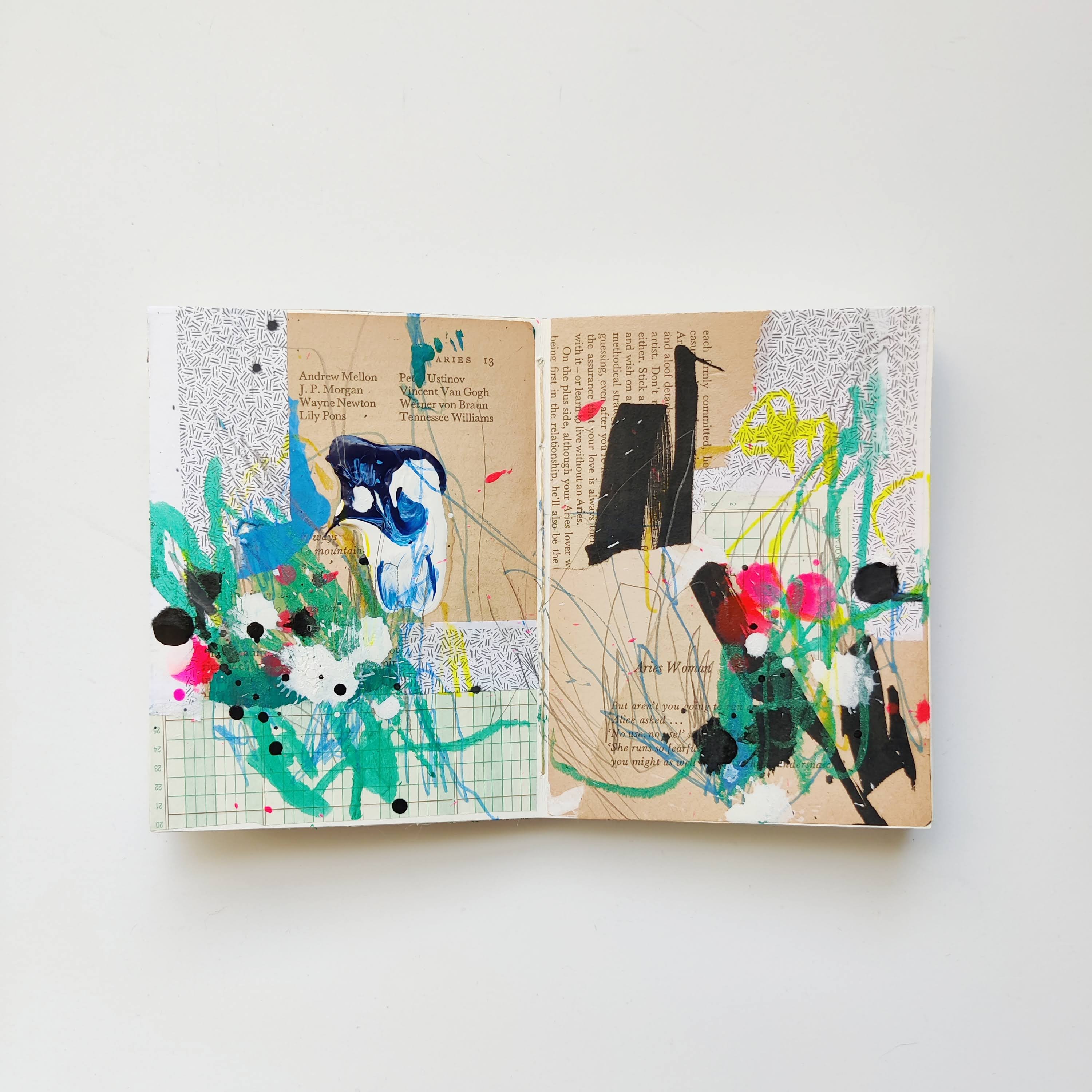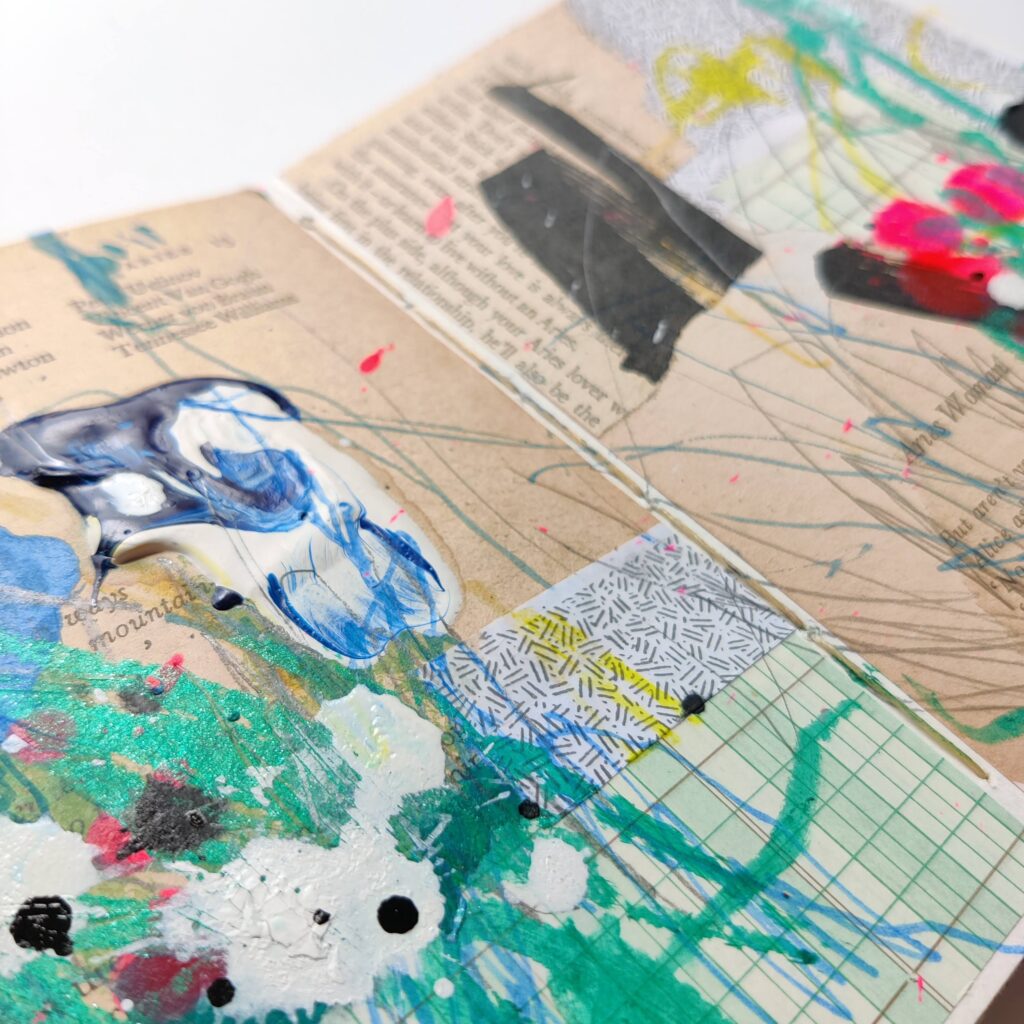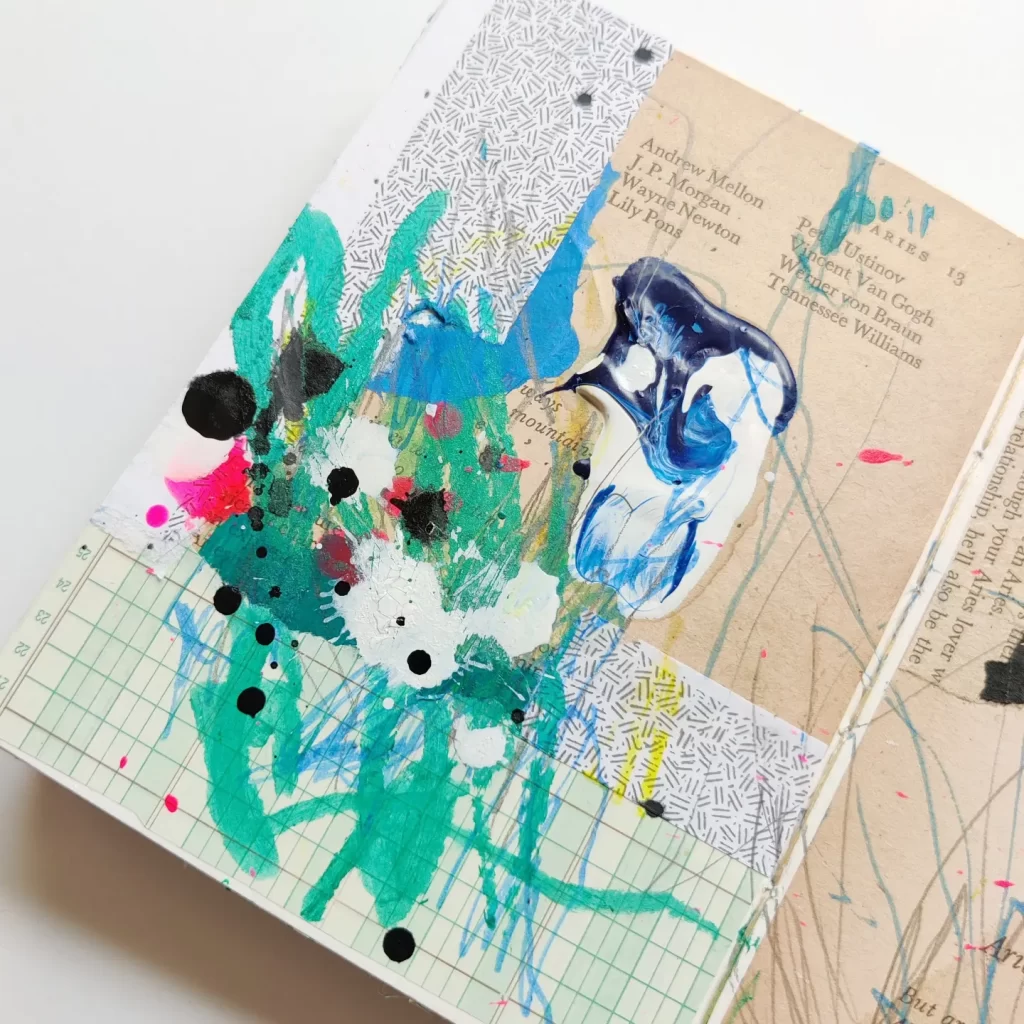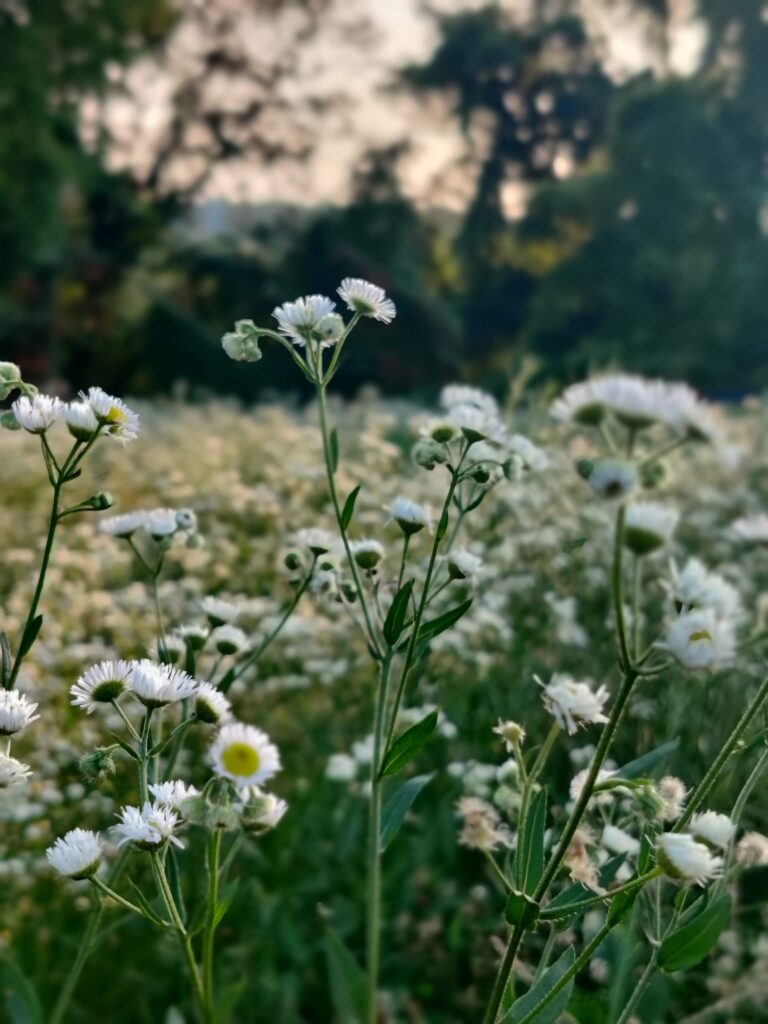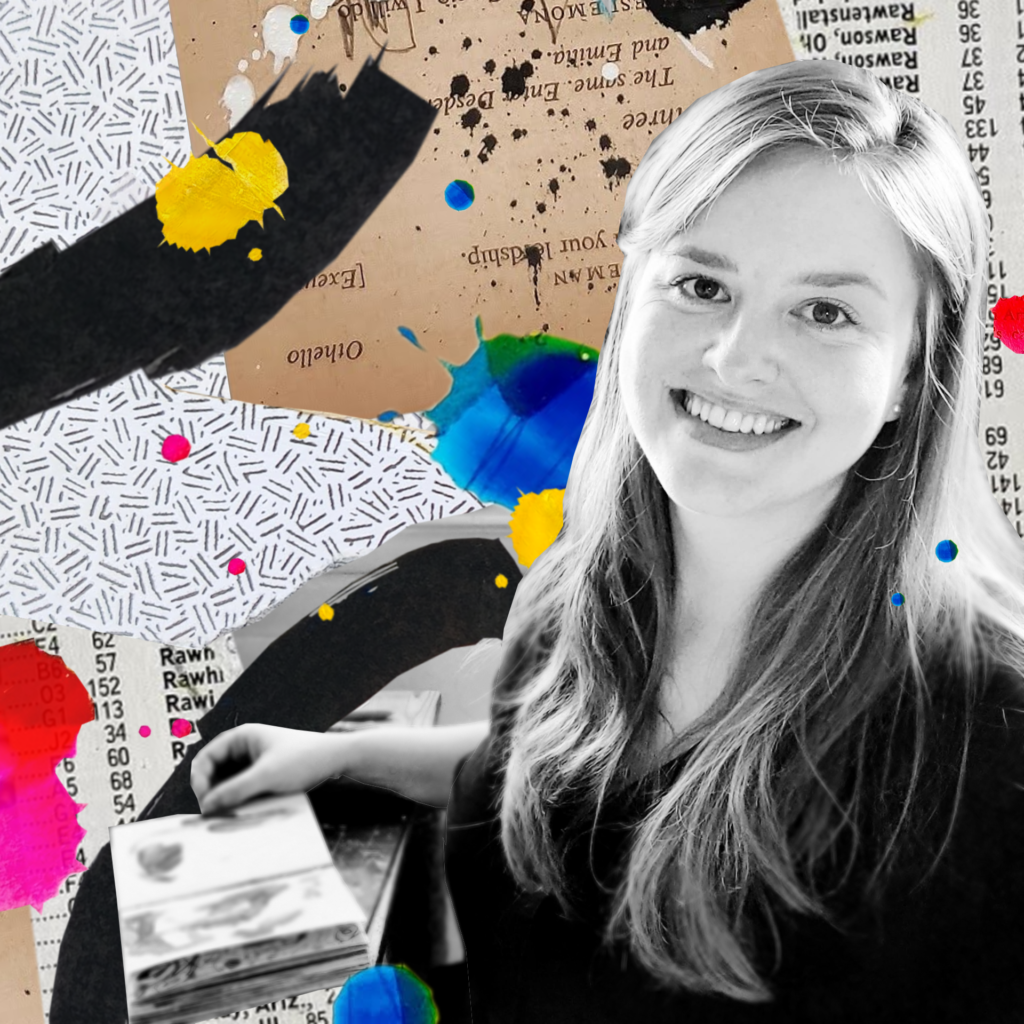
If you’ve followed me and my art online for a while, you’ll know that I’m a self-taught artist and writer. I was creative from an early age, writing stories, building imaginary worlds, performing onstage, and drawing.
In a high school art class I discovered the Altered Books Workshop, which introduced me to the idea of collaging and painting in books; a few years later, I stumbled across iHanna’s blog and dove head-first into the world of art journaling. I’ve been publishing my writing and sharing my art online since 2009 and have filled multiple journals with mixed media experiments. (Here’s my latest one.) I’ve also continued to explore other avenues of creativity, including analog and digital collage, photography, bookbinding, and mixed media art, all of which you can explore here.
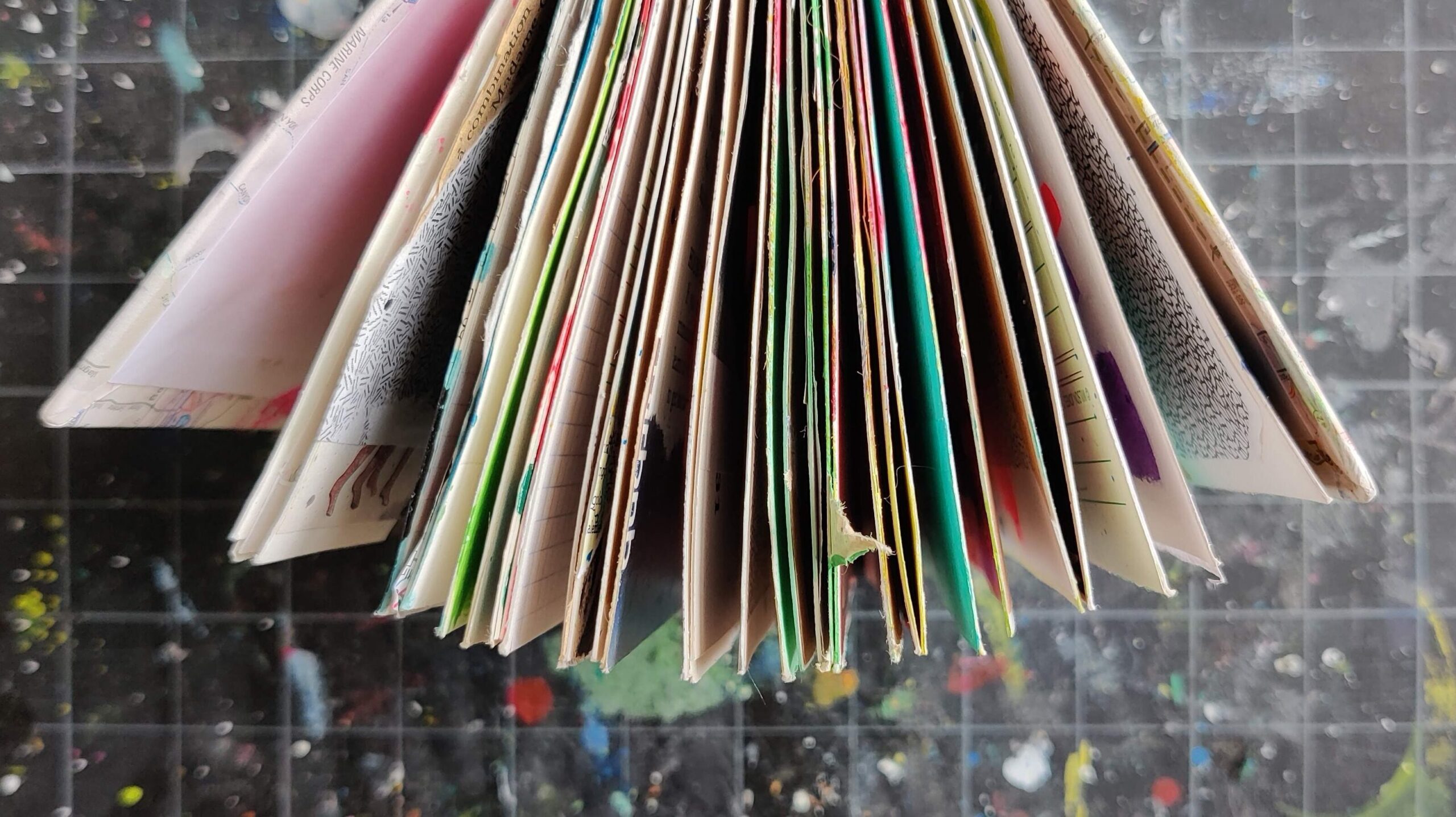
I grew up in Pennsylvania, and my childhood was turbulent and my home abusive. Art was and continues to be my refuge and one of the only places where I feel truly peaceful and free to explore my inner world. Though I wish that things had been different, my experience with the darkness and loneliness of depression has taught me greater compassion and empathy for those who also feel alone and unheard. Additionally, it’s informed my creative process: my work is a continual search for the lightness, unfettered joy, and unencumbered imagination that children naturally possess, and for the safety and innocence of time before trauma.
Aside from art and creativity, I am passionate about education, social justice, psychology, and finding the beauty and joy in the small things — I am awed by the natural world and am continually blown away we are here to appreciate it at all. My friends would likely call me kind, contemplative, and quick to laughter, and say that I delight in wordplay, deep conversations, and dogs. While I continue to live and work in Baltimore, my husband and I (and our cats) hope to be making Europe our home soon. (Update 2023: We did it!)
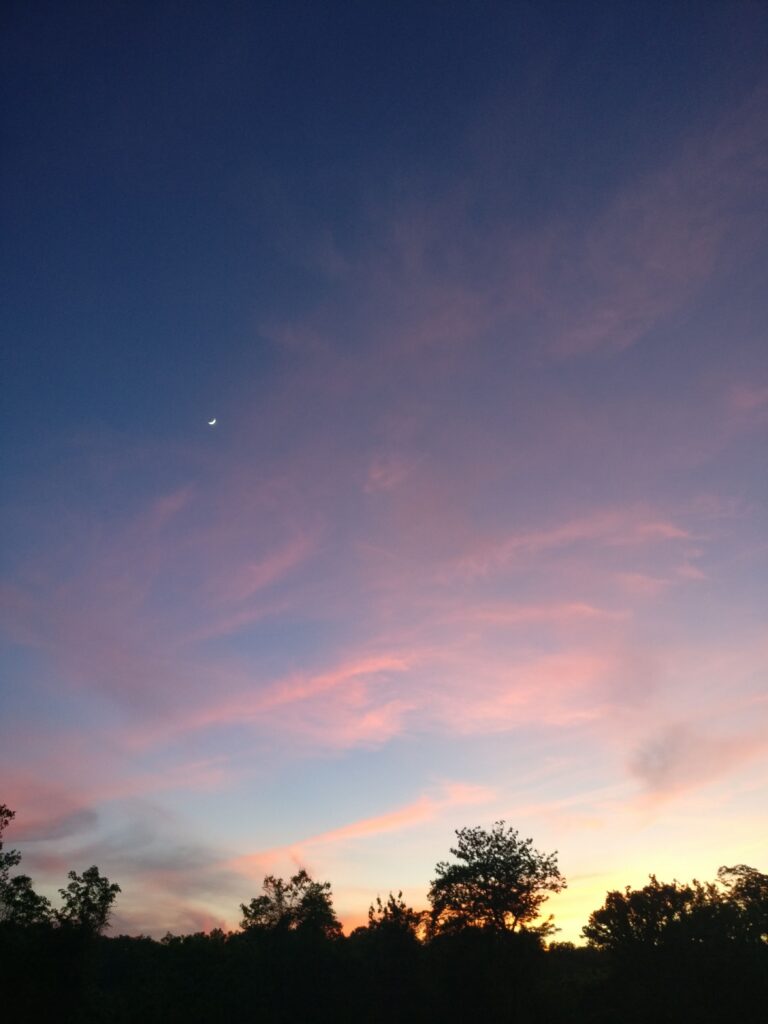
The older I get, the more I realize that we are all on a long road to find connection and belonging, peace, healing, and meaning. As I continue to develop as a human, I hope to be more kind, grateful, and a living example of what love — for oneself and for others — can do.
Have other questions about my life or my work? Drop me a line here.
